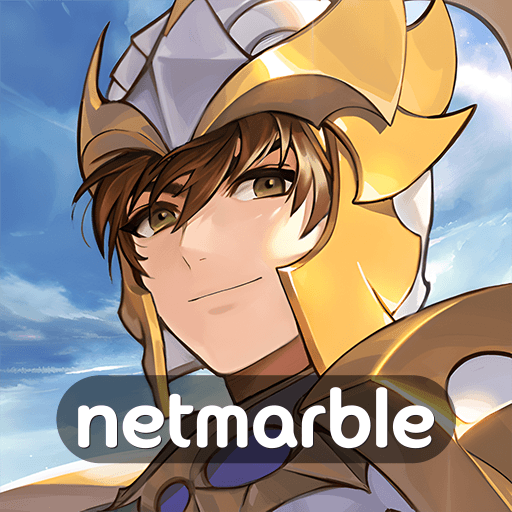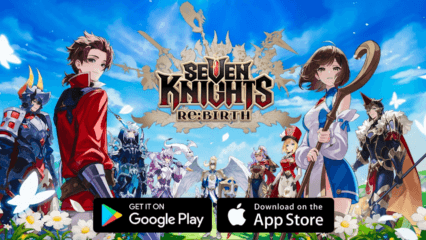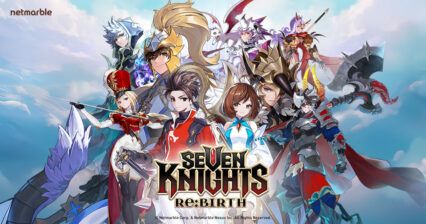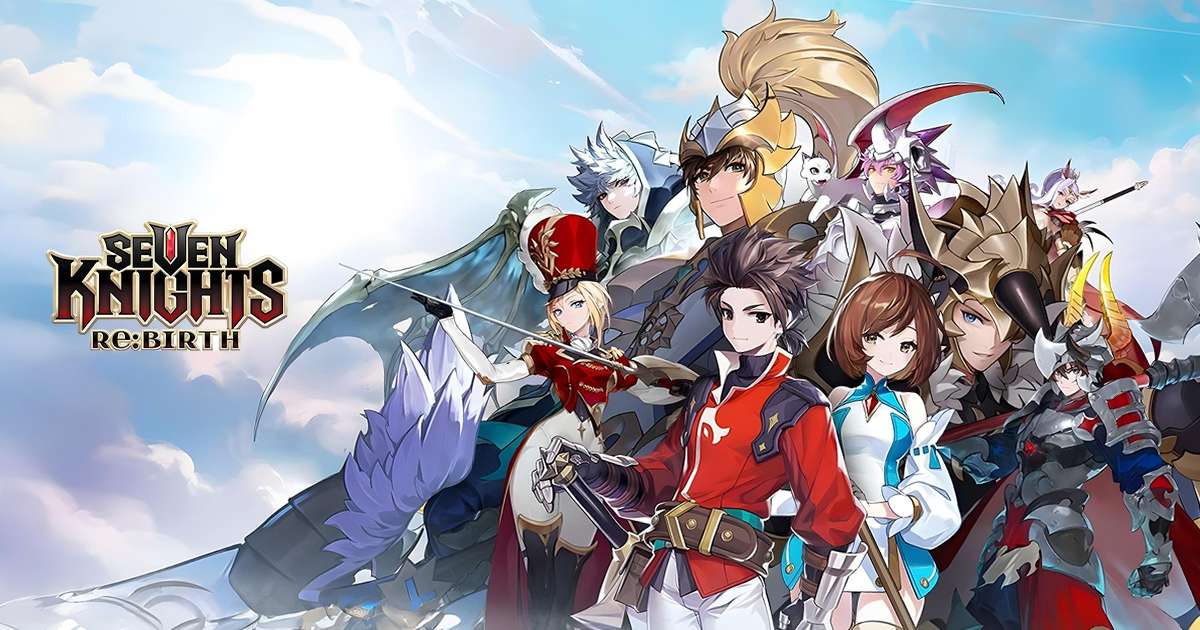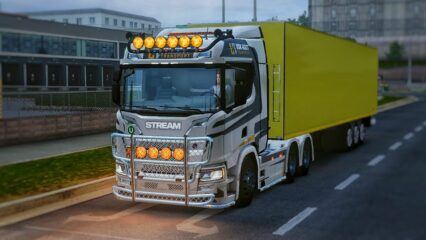Seven Knights Re:BIRTH Beginner’s Guide - Core Mechanics & What New Players Should Know
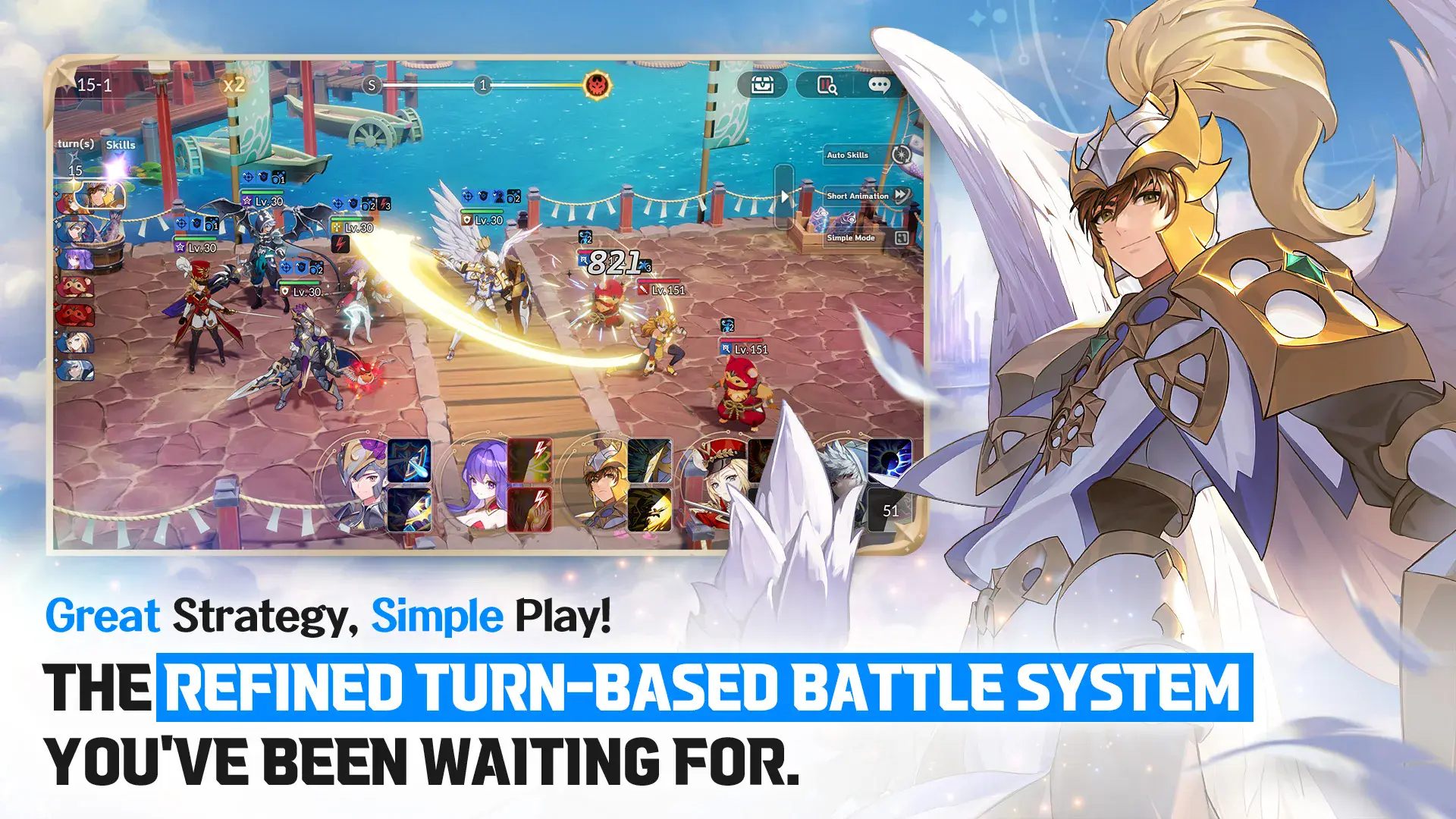
Seven Knights Re:BIRTH is the latest entry in the Seven Knights RPG franchise, reimagined with updated visuals, modern systems, and a large roster of heroes. For new players, it can feel a bit overwhelming: many heroes, many progression paths, and content that unlocks gradually. This guide is here to help you understand the core features and mechanics of the game so you can jump in with confidence, avoid common confusion, and enjoy the early game without getting stuck.
What Kind of Game Is Seven Knights Re:BIRTH?
At its heart, Seven Knights Re:BIRTH is a turn‑based RPG. You collect various heroes (“character cards”), deploy teams, and battle through story stages, dungeons, PvP arena modes, and event content. There’s an auto‑battle/repeat system, which lets you farm stages once your heroes are strong enough, and which becomes invaluable quickly. The art and presentation are polished: visual effects, hero skill animations, and hero illustrations are a highlight in preview impressions, making the game a marvel to behold even during quieter moments.
Heroes, Classes & Rarity
One of the first systems you’ll meet is how heroes are classified and rated. Heroes are grouped by classes like Damage Dealers (physical or magical), Guardians (high health & defense), Support/Healers, Shield Supports, and what many players call “Omnipotents”, or heroes who combine strong offense, defense or support and tend to perform well in multiple contexts.

Rarity is separate from another key stat: the star rating. A hero’s rarity is shown in the visual design of their card (background color, etc.). Common heroes are lower rarity (Green/Rare, Blue/Super Rare, up to SSR), but even a hero with low rarity can grow significantly via the star system, which allows upgrades up to six stars, given enough resources.
Understanding both the class role and rarities, along with the star progression system, will help you set realistic expectations and focus your resources.
Leveling, Enhancement & Fusion
When you begin, one of your main tasks is powering up heroes. The game splits this into multiple systems which build on each other.
- Level heroes by battling stages.
- Enhance heroes by sacrificing cards to increase their enhancement level (up to +5).
- Fuse heroes of the same star rating and max enhancements to obtain new heroes with a higher star rating (rarity of result is randomized).
Once you understand those, here’s how to think about using them effectively:
First, leveling is the foundation. Each hero starts with a level cap (for example, level 30 initially), and battling story or adventure stages yields experience. You’ll want to push through as much of the Story / Adventure content as you can early, both to unlock more features and to get stronger heroes.

Enhancement adds deeper growth. Sacrificing other cards (especially those with higher rarity or star count) yields better chances of boosting enhancement levels. Maxing enhancement gives access to the fusion system and unlocks more power.
Fusion is the more advanced mechanic. To fuse, you need heroes of the same star rating and high enhancement (+5 usually). The resulting hero has a higher star rating, but you do sacrifice both input heroes and take a gamble on the result’s rarity. Early on, use fusion sparingly; reserve it for heroes you believe will serve long‑term or when you have surplus cards.
Formation & Skill Order
Battles aren’t just about picking strong heroes, they’re about how you deploy them. Seven Knights Re:BIRTH allows you to set up formations (e.g. front line / back line placements) which affect how damage and defenses get distributed. Tanks or guardians in front protect fragile damage and support heroes behind. The default 2‑3 formation (2 in front, 3 in back) is common early on, but later formations or layouts may open up as you unlock more slots or features.
Another wrinkle is skill usage order. Some skills have cooldowns or shared systems where you can’t just spam multiple ultimates at once. You’ll often set which heroes act first (their skill priority) before battle. This can matter quite a bit in tougher content or boss fights, as the skill timings can tip the tide.
Early Game Progression
Starting off well in Seven Knights Re:BIRTH means knowing what actions yield both short‑term benefit and long‑term payoff. Here are a few key early moves to focus on:
- Push Adventure / Story Mode as far as possible.
- Use auto‑battle / repeat‑stage features when available to farm experience and materials.
- Unlock more hero slots and build out your team gradually.
- Watch for special banners and events that offer strong heroes or guaranteed upgrades.
Pushing through Adventure (aka the main story) early gives you access to more content—new stages, challenges, and modes. It also usually unlocks auto‑battle features, which frees up your time while still giving rewards.
Auto‑battle and repeat‑stage functions become crucial. Once they are unlocked, they let you collect experience, gold, and enhancement/fusion materials with relatively low effort. Using them well means you can focus on assembling & upgrading your heroes rather than manual grind.

As you progress, you’ll unlock more hero slots (team size) which lets you build more well‑rounded teams. Don’t try to fill every slot immediately; instead, aim for a core group of reliable heroes and upgrade them well as you unlock more space.
Special banners, events, and promotions often carry early powerful heroes or resources that outperform regular summons. Keeping an eye on those helps avoid investing too heavily into poor odds early. Joining a Guild (once available) also tends to unlock repeat rewards, daily materials, or extra bonuses.
What Heroes / Roles to Prioritize
When you’re picking which heroes to invest in early, some will give more value than others. It’s tempting to try upgrading everyone, but focusing on a few is usually more efficient.
Here are heroes/roles commonly recommended early:
- Healer / Support heroes who restore HP or buff teammates.
- Strong DPS (damage dealers) that scale well with star upgrades.
- Guardian / Tank heroes to absorb damage, allowing your damage and support heroes to shine.
- Heroes with utility effects like buffs, debuffs, crowd control or shield.
A good healer or support is invaluable because early game survivability is often your bottleneck. If your team keeps getting wiped, no amount of DPS helps. For DPS heroes, even if they are not rarer, those with good skill scaling (AOE or burst potential) tend to carry you through harder story or dungeon content. Guardians / Tanks help protect those damage dealers and support units from early‑game spikes or enemy cluster attacks. Utility heroes are underrated: in many fights, control over status effects (slows, buffs, debuffs) or putting up shields can swing the balance, especially in stages with many waves or boss fights.

Resources & Currency
Keeping track of resources and knowing how to use them wisely can greatly affect how smoothly your early progress goes. Here are the major currencies and resources you’ll work with:
- Rubies (premium / main summons / special exchange)
- Gold / in‑game money for upgrades, enhancements, equipment
- Materials for enhancing and fusing heroes (hero cards, enhancement fodder)
- Hero keys / stamina / energy for playing stages / Adventure content
Understanding what each is for helps avoid waste. Rubies tend to be rare and valuable—they power summons and special banner pulls. Gold is one of the most commonly used resources: nearly every upgrade, enhancement, or equipment improvement costs gold, and early on you’ll find yourself spending it fast. Enhancement and fusion materials (hero cards, fodder) are essential to growth; these often come from Adventure mode, events, and repeat‑battle or auto‑battle systems. Keys or stamina limit how many stages you can run in a day, so you’ll want to spend them in stages that give good returns or unlock new features, rather than using them on weak rewards.
It’s also smart to hold onto certain resources until you can use them effectively. For example, don’t upgrade equipment purely for cosmetic stat gains if your heroes aren’t yet in formation or star level to benefit meaningfully. Try to align uses of important resources with hero promotions, enhancement level caps, or events that offer bonus returns. Efficient use of resources often separates a smooth early game from a frustrating one.
Seven Knights Re:BIRTH is rich with systems—rarities, stars, enhancement, fusion, formations—and that can be intimidating. But once you know what each system does and which roles to invest in, the early game becomes much smoother. Focus on building a balanced team, pushing through Adventure / story content, upgrading key heroes rather than spreading yourself too thin, and taking full advantage of auto‑battle / repeat features once unlocked. Doing those things will set you up well for mid‑game and beyond.
If you want sharper visuals, faster farming, and convenience features like multi‑instance control, playing Seven Knights Re:BIRTH with BlueStacks offers a superior experience. Map out who’s going to carry your squad, and you’ll be off to a strong start.

